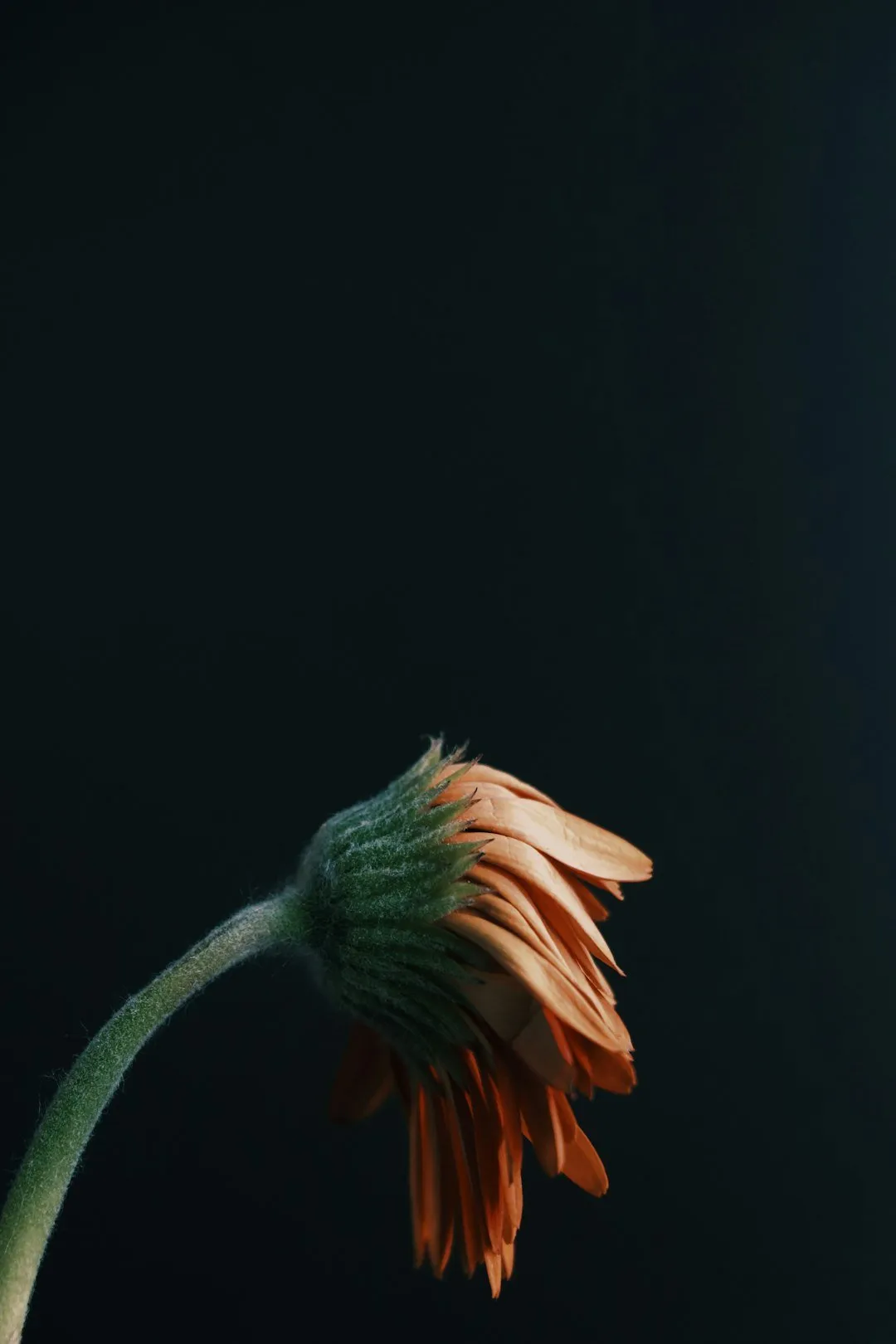Green Maeng Da vs Red Bali: Boost Focus Naturally

Green Maeng Da and Red Bali kratom strains differ in their mental focus effects: Green Maeng Da offe…….
In the dynamic realm of global agriculture and botanical exploration, two distinct varieties have emerged, captivating the attention of enthusiasts, researchers, and industry professionals: Green Maeng Da and Red Bali. These enigmatic plants, with their unique attributes and growing popularity, present a fascinating contrast that warrants in-depth examination. This article aims to dissect and compare these two varieties, delving into their botanical intricacies, cultural significance, global impact, and the many facets that contribute to their rising prominence. By exploring “Green Maeng Da vs Red Bali,” readers will gain valuable insights into the diverse world of botanical cultivation and its far-reaching implications.
Definition and Core Components:
Green Maeng Da (GMD) and Red Bali (RB) are both varieties of cannabis, scientifically known as Cannabis sativa L., but they differ in their genetic makeup and characteristics. GMD is renowned for its vibrant green foliage and potent effects, while RB distinguishes itself with its reddish-brown hues and distinct aroma profile. Both strains have garnered attention for their therapeutic potential and unique chemical compositions, primarily attributed to the presence of various cannabinoids and terpenes.
Historical Context:
The history of cannabis cultivation stretches back millennia, with early records indicating its use in ancient civilizations like China, India, and Egypt. Over time, different regions developed their own strains, each with unique traits shaped by local climates and cultural practices. Green Maeng Da, believed to have originated in Southeast Asia, has become a modern sensation known for its high CBD content and mild psychotropic effects. Red Bali, on the other hand, is thought to have emerged from Indonesian highlands, prized for its potent THC levels and earthy scent.
Significance:
This comparison is significant as it highlights the diversity within the cannabis species and the evolving landscape of legal and medical cannabis use worldwide. As more countries and states legalize cannabis for medicinal and recreational purposes, understanding these varieties becomes crucial for cultivators, researchers, and consumers alike. Moreover, the study of GMD vs RB offers insights into the complex relationship between plant chemistry, consumer preferences, and market dynamics.
International Influence:
The global cannabis market has experienced exponential growth, driven by changing legal landscapes and increasing public acceptance. According to a report by Grand View Research, the global medical cannabis market size was valued at USD 24.3 billion in 2021 and is projected to grow at a CAGR of 25.6% from 2022 to 2030. This surge in demand has led to a global scramble for unique, high-quality strains, with Green Maeng Da and Red Bali taking center stage due to their distinct profiles.
Regional Trends:
| Region | Trend | Impact on GMD/RB |
|---|---|---|
| North America | Rapid legalization of recreational cannabis | Increased cultivation and demand for diverse strains, including GMD and RB |
| Europe | Growing medical cannabis market | Focus on high-CBD, low-THC strains like GMD for therapeutic use |
| Asia Pacific | Rise in wellness tourism | RB’s unique aroma profile attracts tourists seeking specialized treatments |
| Latin America | Emerging cannabis startups | Local cultivators experiment with GMD and RB, creating new hybrids |
Market Dynamics:
The global cannabis market is characterized by intense competition, with cultivators and brands vying for consumer attention. Green Maeng Da has gained a reputation for its consistent quality and medicinal benefits, attracting loyal followers worldwide. Red Bali, known for its potent effects, has also found a niche among experienced users and those seeking more intense experiences. This segmentation of the market allows for specialized cultivation and product development tailored to specific consumer preferences.
Market Dynamics:
The economic aspects of Green Maeng Da vs Red Bali are intricate, reflecting the broader cannabis industry’s complexities. Here’s a breakdown:
Investment Patterns:
The cannabis industry has attracted significant investment, with venture capital firms and private equity investors taking notice. Green Maeng Da cultivators have benefited from the growing demand for high-CBD strains, leading to substantial returns on investments. Red Bali cultivators, particularly those offering unique landraces, have also seen increased interest, especially in regions where potent THC strains are in high demand.
Economic Impact:
The economic influence of GMD and RB extends beyond cultivation. They drive job creation in agriculture, extraction, and product development. Additionally, the legal cannabis market contributes to tax revenues for various jurisdictions, further underscoring the economic significance of these varieties.
Cultivation Techniques:
Technological innovations have revolutionized cannabis cultivation, allowing for more efficient and controlled environments. Here’s how tech impacts GMD and RB:
Extraction and Product Development:
| Technology | Application | Impact on GMD/RB |
|---|---|---|
| CO2 Extraction | Provides pure cannabinoids and terpenes | Enables the production of high-quality oils and concentrates with consistent terpene profiles for RB, appealing to connoisseurs |
| Solvent Extraction | Cost-effective method for full-spectrum products | Ideal for creating a range of cannabis-based goods, from tinctures to topicals, catering to diverse consumer needs for GMD’s medicinal benefits |
| Distillation | Refines cannabinoid concentrations | Enhances the potency and purity of extracts, catering to RB’s potent THC content preferences |
Future Potential:
The intersection of technology and cannabis continues to evolve, promising breakthroughs in:
Global Regulations:
The legal status of cannabis varies widely globally, impacting the cultivation, sale, and consumption of GMD and RB. Some key considerations include:
Regional Variations:
| Region | Regulation Type | Impact on GMD/RB Cultivators |
|---|---|---|
| North America (US) | Medical and recreational legalization | Robust market for cultivators, but strict regulations on cultivation and sales |
| Europe (Germany) | Strict medical cannabis laws | Rigorous quality standards for GMD and RB products, ensuring consistency |
| Australia | Decriminalization with restrictions | Cultivators must adhere to stringent licensing and tracking systems |
| Canada | Legalized recreational use | Opportunity for diverse product development, but strict labeling and advertising rules |
Legislative Frameworks:
Effective policy and regulation are essential for the sustainable development of the cannabis industry. Governments are increasingly recognizing the potential economic benefits while ensuring consumer safety. Well-designed regulatory frameworks promote:
Main Challenges:
Criticisms and Solutions:
Case Study 1: Green Maeng Da in Medical Cannabis Clinics
In Germany, a leading medical cannabis clinic has incorporated GMD into its treatment regimen for chronic pain and anxiety. By offering targeted doses of CBD from GMD, the clinic achieved significant improvements in patient outcomes. This case highlights the potential of GMD in specialized medicinal applications.
Key Takeaways:
Case Study 2: Red Bali in Luxury Wellness Retreats
A boutique wellness retreat in Bali has featured RB as the centerpiece of its holistic healing program. Guests participate in meditation sessions while inhaling the earthy aroma of RB, followed by topical treatments infused with RB extracts. This immersive experience attracts discerning clients seeking unique, sensory-rich experiences.
Lessons Learned:
Emerging Trends:
Strategic Considerations:
The exploration of Green Maeng Da vs Red Bali has unveiled a captivating narrative within the broader cannabis story. These varieties, with their distinct attributes and global allure, represent the diverse landscape of botanical cultivation and its profound impact on agriculture, economics, technology, and policy. As the cannabis industry continues to evolve, GMD and RB will undoubtedly play pivotal roles in shaping future trends, driving innovation, and meeting the changing demands of a global market.
Q: Is Green Maeng Da or Red Bali better for medical use?
A: The “better” strain depends on individual needs. GMD is renowned for its high CBD content, making it ideal for managing pain and anxiety without significant psychotropic effects. RB, with its potent THC, may be preferred for severe pain, inflammation, and relaxation. Consulting a healthcare professional is crucial for personalized guidance.
Q: How do I know if cannabis products are pure and safe?
A: Ensuring product purity requires rigorous testing by reputable labs. Look for third-party test results that verify cannabinoid and terpene profiles, ensuring safety and consistency. Reputable brands also provide detailed product information, transparency being key.
Q: Can cannabis replace traditional pharmaceuticals?
A: Cannabis has shown promise in treating specific conditions, but it should not be considered a cure-all. It can complement traditional medicine, offering alternative options for certain symptoms. However, medical cannabis should always be used under professional guidance.
Q: What is the future of cannabis cultivation?
A: The future holds immense potential with technological advancements and changing legal landscapes. Sustainable cultivation practices, genetic engineering, and AI will shape the industry, offering diverse strains, improved quality, and enhanced therapeutic options.

Green Maeng Da and Red Bali kratom strains differ in their mental focus effects: Green Maeng Da offe…….

Purple Vein Kratom capsules offer a unique, calmer alternative to Green Maeng Da and Red Bali, known…….

Green Maeng Da and Red Bali, Kratom strains, offer distinct benefits for athletes: Green Maeng Da bo…….

Yellow Vein Kratom Powder stands out from popular strains Green Maeng Da and Red Bali with its balan…….

White Sumatra Kratom Powder stands out for its balanced mood elevation without jittery side effects,…….

Green Maeng Da and Red Bali kratom strains offer distinct athletic benefits: Green boosts energy, fo…….

Green Maeng Da and Red Bali offer distinct kratom experiences for muscle soreness relief. Green Maen…….

Green Maeng Da and Red Bali kratom strains offer distinct anti-inflammatory benefits. Green Maeng Da…….

Green Maeng Da and Red Bali kratom strains offer distinct approaches to inflammation management. Gre…….

Green Maeng Da and Red Bali kratom strains differ in effects: Green Maeng Da offers an energy boost…….

Bali Kratom capsules offer precise dosing with two key strains: Green Maeng Da boosts energy and foc…….

Understanding Green Maeng Da vs Red Bali kratom strains aids post-workout recovery. Green Maeng Da b…….

White Vein Kratom Powder stands out from Green Maeng Da and Red Bali with its rare mitragynine conte…….

Green Maeng Da and Red Bali are distinct kratom strains. Green Maeng Da offers an intense energy boo…….

Chronic inflammation harms health; kratom strains Green Maeng Da and Red Bali offer natural anti-inf…….

Green Maeng Da and Red Bali, two kratom strains, offer distinct mental focus experiences. Green Maen…….

Green Maeng Da and Red Bali kratom strains offer contrasting effects: stimulation vs. sedation. Gree…….

Green Maeng Da and Red Bali kratom offer distinct benefits for CFS management. Green Maeng Da energi…….

This text compares Green Maeng Da (GMD) and Red Bali Kratom strains relevant to sports nutrition. GM…….

Green Maeng Da and Red Bali kratom strains offer unique CFS management benefits. Green Maeng Da boos…….

Green Maeng Da and Red Bali kratom strains offer contrasting experiences: Green Maeng Da boosts ener…….

Chronic pain, lasting months to years, severely impacts daily life, mental health, and well-being, o…….

Green Maeng Da Kratom enhances endurance with stimulating effects and higher mitragynine levels, set…….

Muscle soreness after intense exercise can be managed with natural remedies like kratom supplements……..

Green Maeng Da and Red Bali kratom strains offer distinct benefits for mental toughness development…….

Green Maeng Da and Red Bali, two popular kratom strains from Vietnam, differ in their chemical profi…….

Green Maeng Da and Red Bali kratom strains offer distinct post-workout muscle soreness relief, with…….

Green Maeng Da Kratom boosts energy and endurance with its powerful stimulant effects, thanks to mit…….

Green Maeng Da (GMD) and Red Bali, two distinct kratom strains, offer contrasting effects. GMD, know…….

Kratom, from the tropical tree Mitragyna speciosa, aids post-workout recovery with pain relief and e…….

Kratom, from Mitragyna speciosa, offers a natural addiction remedy with Green Maeng Da and Red Bali…….

Endurance training, through gradual intensity and duration increases, builds aerobic fitness, enhanc…….

Chronic pain, affecting millions globally, requires alternative solutions due to its persistence and…….

Mental toughness, crucial for athletic success, can be enhanced with kratom training. Strains like G…….

Opioid withdrawal is a challenging process marked by intense physical and psychological symptoms. Kr…….

Kratom strains Green Maeng Da and Red Bali offer unique benefits for fitness: Green Maeng Da boosts…….

Green Maeng Da, known for its high 7-Hydroxymitragynine (7-HMG) content, offers potent energizing ef…….

Kratom, a Southeast Asian herb, is gaining popularity among athletes and fitness enthusiasts for its…….

Mental toughness is crucial for excelling in competitive fields, requiring focus, emotion regulation…….

Kratom, from the plant Mitragyna speciosa, offers natural pain management with diverse effects, nota…….

Kratom, derived from Mitragyna speciosa, offers natural pain relief and anti-inflammatory benefits f…….

Chronic pain, persisting over 12 weeks, significantly impacts daily life with physical and emotional…….

Green Maeng Da and Red Bali, popular Kratom strains, differ in origin, effects, and visual traits. G…….

Inflammation is a double-edged sword, with acute inflammation aiding healing and chronic inflammatio…….

Mental toughness is key to peak performance, achieved through coping mechanisms like kratom training…….

Kratom, derived from Mitragyna speciosa, offers natural anxiety relief through compounds mitragynine…….

Kratom, from Mitragyna speciosa, enhances endurance with its alkaloid compounds like mitragynine and…….